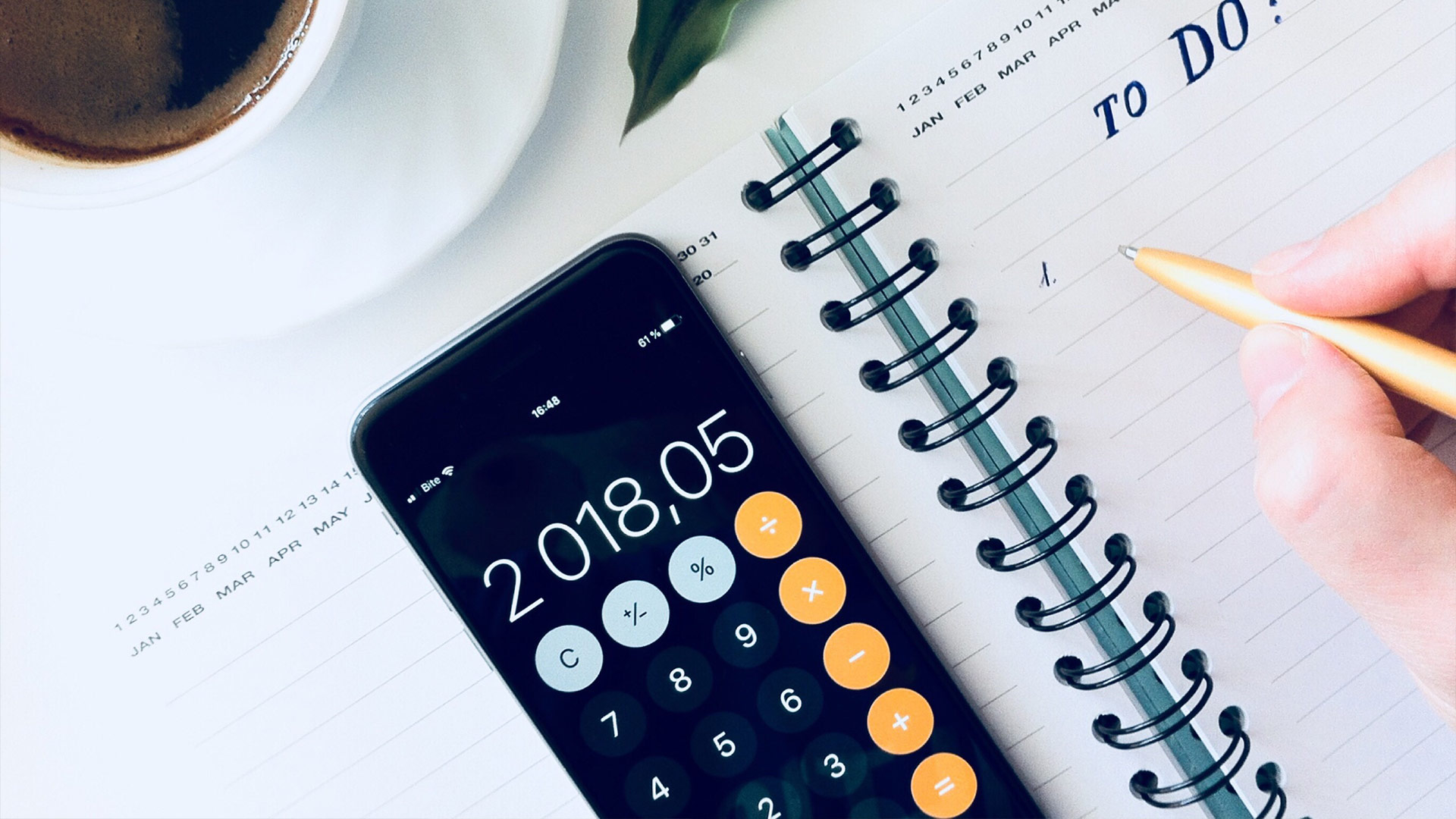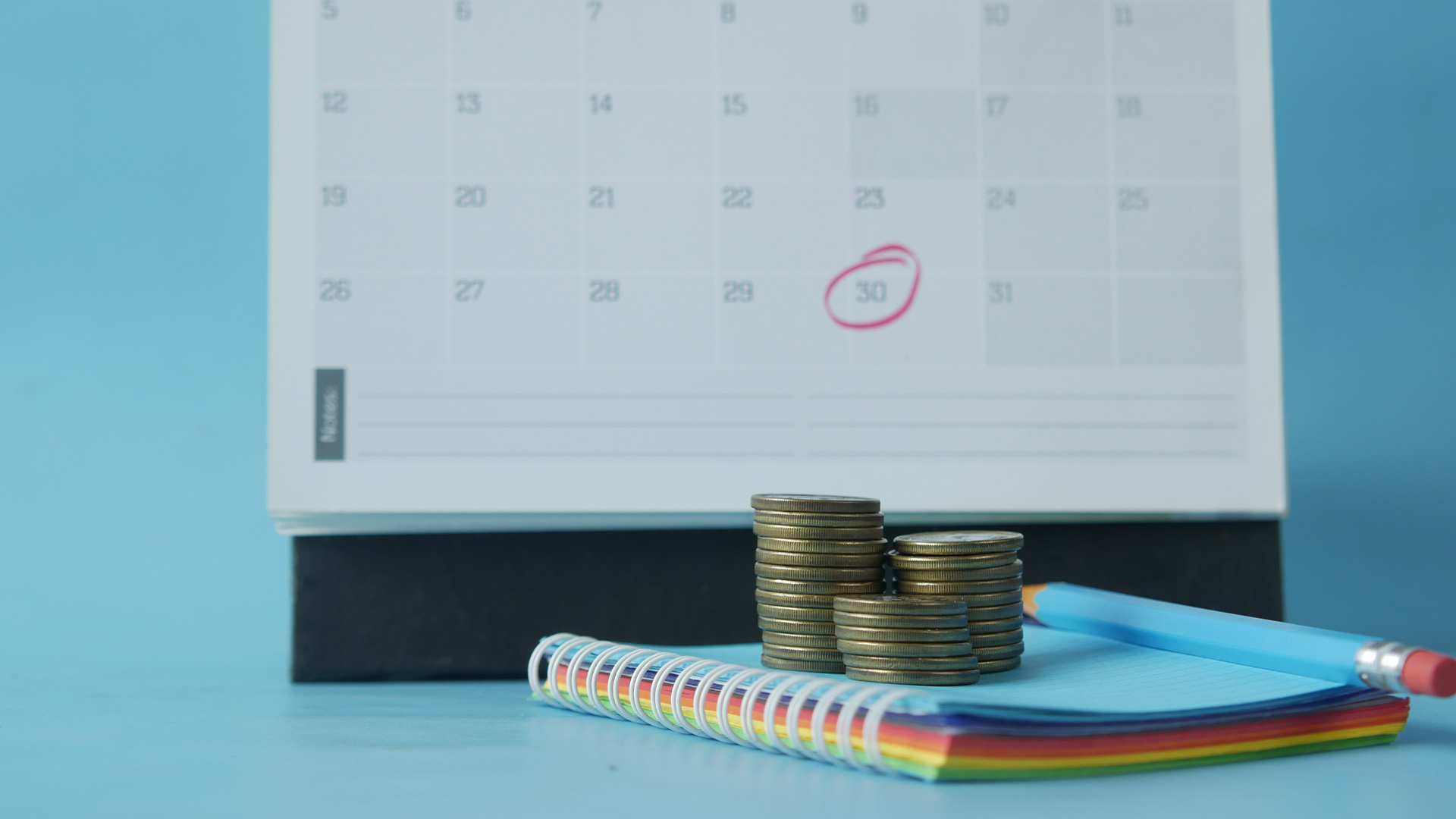When people think about investing, they often imagine needing thousands of dollars, a financial advisor, and hours of time to research stocks. But micro-investing flips that idea on its head. You don’t need a big bankroll or deep knowledge to start. You just need a few spare dollars--and five focused minutes.
Micro-investing is a simple, approachable way to start growing wealth with tiny contributions. It’s built for beginners, busy people, and anyone who wants to dip a toe into investing without overhauling their life.
Here’s how to get started in five minutes or less, and why this habit might be one of the most powerful financial decisions you’ll ever make.
What Is Micro-Investing?
Micro-investing means putting small amounts of money--sometimes just pennies--into investment accounts. The idea is to invest gradually and consistently, using automation or spare change to get in the game.
Instead of trying to time the market or make a big lump-sum investment, micro-investing helps you build long-term habits. You grow your investments without feeling it in your day-to-day budget.
The Power of Starting Small
Think a few dollars won’t matter? Let’s do the math.
If you invest just $5 a day at a 7% annual return, you’ll have over $9,000 in five years. In 10 years? Nearly $26,000. It’s not magic--it’s consistency and compounding.
The hardest part of investing isn’t making the perfect pick. It’s just getting started. Micro-investing removes that barrier and makes it easy to begin with whatever you have.
Choose Your Micro-Investing Platform
There are a handful of popular apps built specifically for micro-investing. Most are designed to make the process fast, automatic, and stress-free.
Popular platforms include:
- Acorns: Rounds up your daily purchases and invests the change. Great for beginners who want a fully hands-off experience.
- Stash: Lets you start investing with $1 and offers themed portfolios. Also provides banking tools.
- Public: Allows fractional shares, so you can invest in companies with just a few dollars.
- SoFi Invest: No-fee investing with access to automated portfolios and active stock trading.
Choose the one that feels most intuitive. You can download the app and create an account during your coffee break.
Set Up Automatic Deposits
Once you’re in, link your bank account and choose how much to invest. Start with something you won’t miss--maybe $5 or $10 a week.
Automation is your best friend here. Set it up once, and your money will move into investments without you having to lift a finger. Most apps also let you round up purchases or make one-time transfers anytime you want.
You’re building a habit that runs in the background.
Pick a Simple Portfolio
Don’t get stuck in decision paralysis. Most micro-investing apps guide you through a few questions about your goals and risk tolerance, then recommend a diversified portfolio.
If you’re unsure, a basic portfolio that includes a mix of U.S. stocks, bonds, and international funds is a solid starting point. The goal isn’t to beat the market--it’s to be in the market.
Micro-investing is about participation, not perfection.
Don’t Obsess Over Performance
Your account balance might go up and down. That’s normal. The point isn’t to watch your returns every day--it’s to keep showing up.
Checking your balance once a week or even once a month is enough. The real win is consistency. Over time, the market tends to go up. Your job is to keep contributing.
Use It to Build Confidence
One of the underrated benefits of micro-investing is how much it boosts your confidence. The first time you invest--even if it’s $1--you cross a psychological threshold. You go from someone who’s “not an investor” to someone who is.
That shift opens the door to more learning, more curiosity, and more action.
You might start reading a little more about finance. You might explore other forms of investing, like retirement accounts or ETFs. It all starts with that first micro-step.
Track Your Wins (No Matter How Small)
Celebrate milestones. Your first $100 invested? Your first dividend? The first time your account grows without you doing anything? All of that matters.
Tracking these wins helps you stay engaged and reminds you that your small efforts are paying off.
You can create a simple progress chart in your notes app or set a monthly reminder to review how much you’ve added. These little check-ins make the journey feel real.
Keep It Boring (That’s a Good Thing)
Investing doesn’t have to be exciting. In fact, the best investors are often the most boring. They automate, stay consistent, and don’t chase trends. That’s exactly what micro-investing trains you to do.
Stick with your regular contributions. Don’t stress about market news. Over time, you’ll have something that many people never build: a reliable investing habit.
---
Micro-investing turns your spare change into serious potential. It’s fast to start, easy to maintain, and helps you build wealth in the background of your life. You don’t need to be an expert. You just need five minutes and a willingness to begin.



